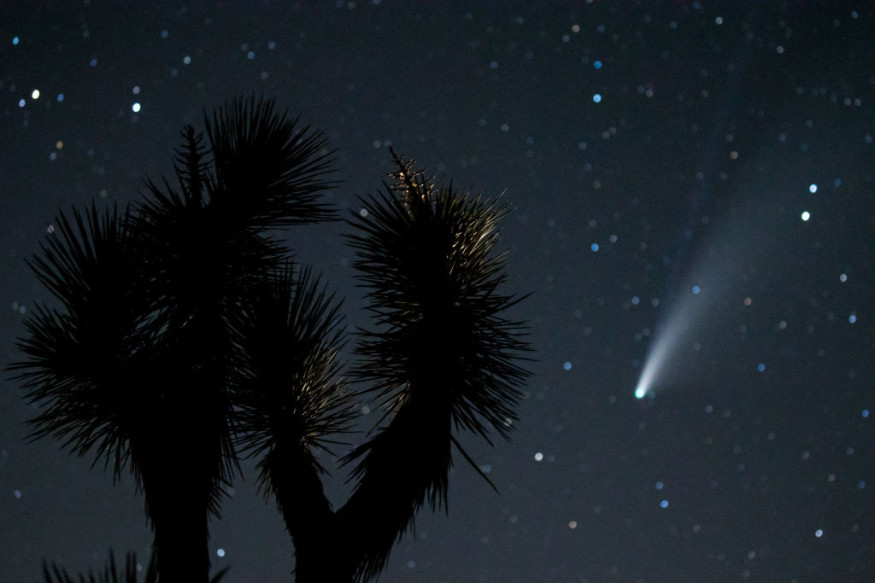
Skywatchers are in for a treat this October with two comets, Tsuchinshan-ATLAS (C/2023 A3) and C/2024 S1 (ATLAS), making close passes to Earth.
Both comets, originating from the mysterious Oort Cloud, will be visible in the night sky and provide insight into the icy remnants of our solar system's outer reaches.
Comet Tsuchinshan and C/2024 S1 Pass by Earth
The Oort Cloud is a vast, spherical shell of icy objects that extends trillions of miles beyond the sun and planets. It is believed to be a reservoir of billions of frozen bodies that occasionally venture into the inner solar system.
While it remains invisible to astronomers, the cloud's presence is inferred from the paths of long-period comets that sporadically appear near Earth. These comets, which can take thousands of years to orbit the sun, are unlike short-period comets like Halley's Comet, which has a more frequent 76-year orbit, according to The Conversation.
James Wray, a Professor of Earth and Atmospheric Sciences at Georgia Institute of Technology, explained, "The long-period comets spend most of their time at those vast distances, making only brief and rapid visits close to the Sun as they come in from all directions."
Oort Cloud Comets
The Oort Cloud comets are particularly interesting because they could hold clues about the solar system's origins and might even have delivered water to Earth billions of years ago.
Tsuchinshan-ATLAS, discovered in 2023, will reach its closest approach on Oct. 12. It is expected to be visible shortly after sunset in the western sky for a week or two.
Another comet, C/2024 S1 (ATLAS), spotted on Sept. 27, will make its closest pass on Oct. 24. It should be visible low in the eastern sky before sunrise and could reappear in the western sky near Halloween, depending on its trajectory.
Astronomers warn that comets like C/2024 S1 (ATLAS) could disintegrate as they pass close to the sun, similar to previous comets such as Kohoutek in 1973 and Ison in 2013, as per Science Alert.
Despite their fragile nature, comets provide astronomers with valuable information about the early solar system. By studying these icy objects, scientists can learn about the conditions that existed when the planets formed.
With new technology like the upcoming Rubin Observatory's Legacy Survey of Space and Time, which begins in 2025, scientists hope to discover even more Oort Cloud comets. Such research not only expands our understanding of our cosmic neighborhood but also helps prepare for any future encounters.
© 2025 ScienceTimes.com All rights reserved. Do not reproduce without permission. The window to the world of Science Times.











